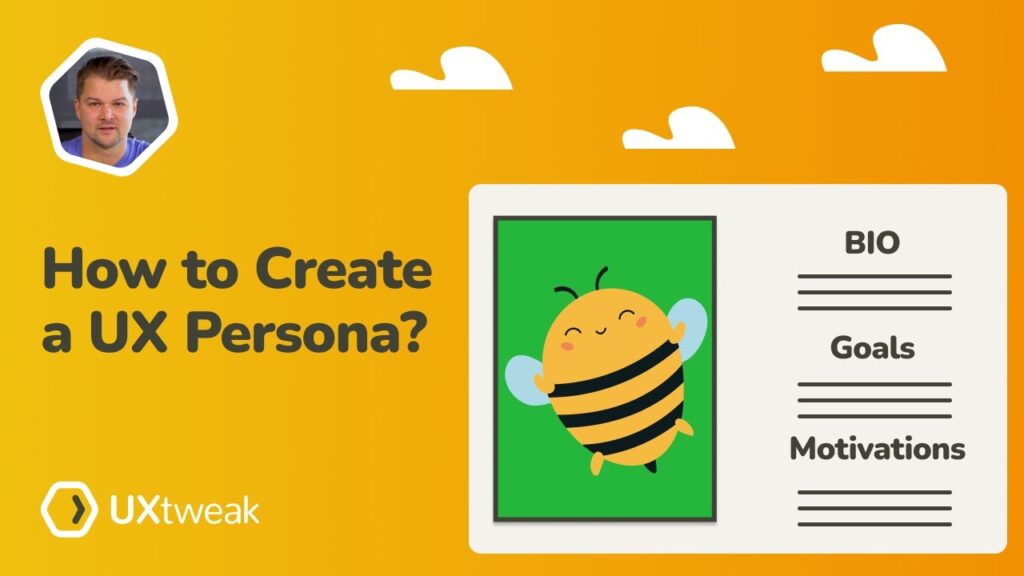Key moments in this video
- 00:35 Open-ended questions vs closed-ended questions
- 01:29 The timing matters
- 01:49 Filter out respondents with the screener
- 02:10 Find out more about your participants pre-test
- 02:35 Get valuable data during the testing
- 03:10 Get post-study impressions from your users
- 03:34 Tips for writing good questions for usability testing



 Watch video (5:30 min.)
Watch video (5:30 min.)

